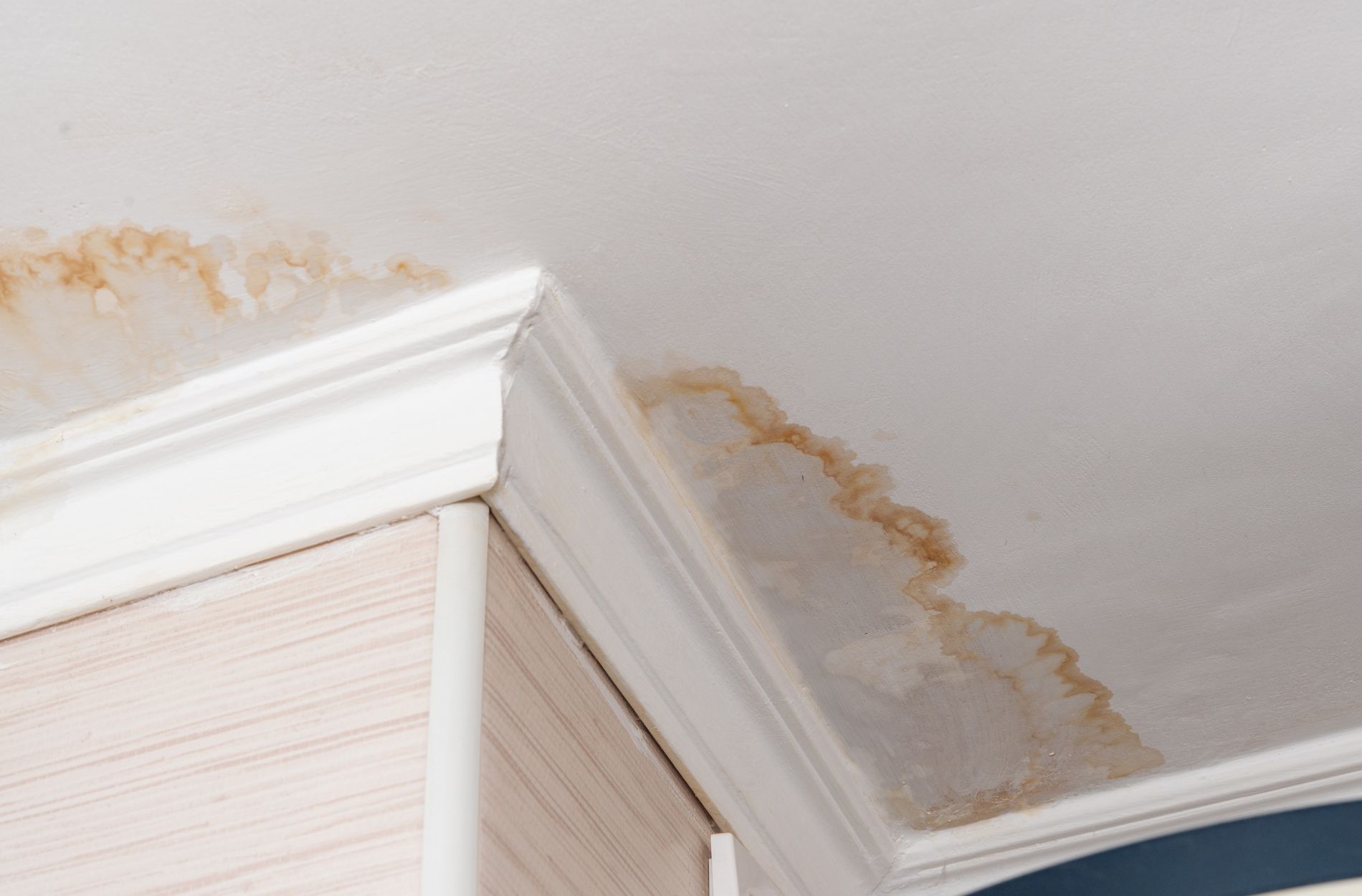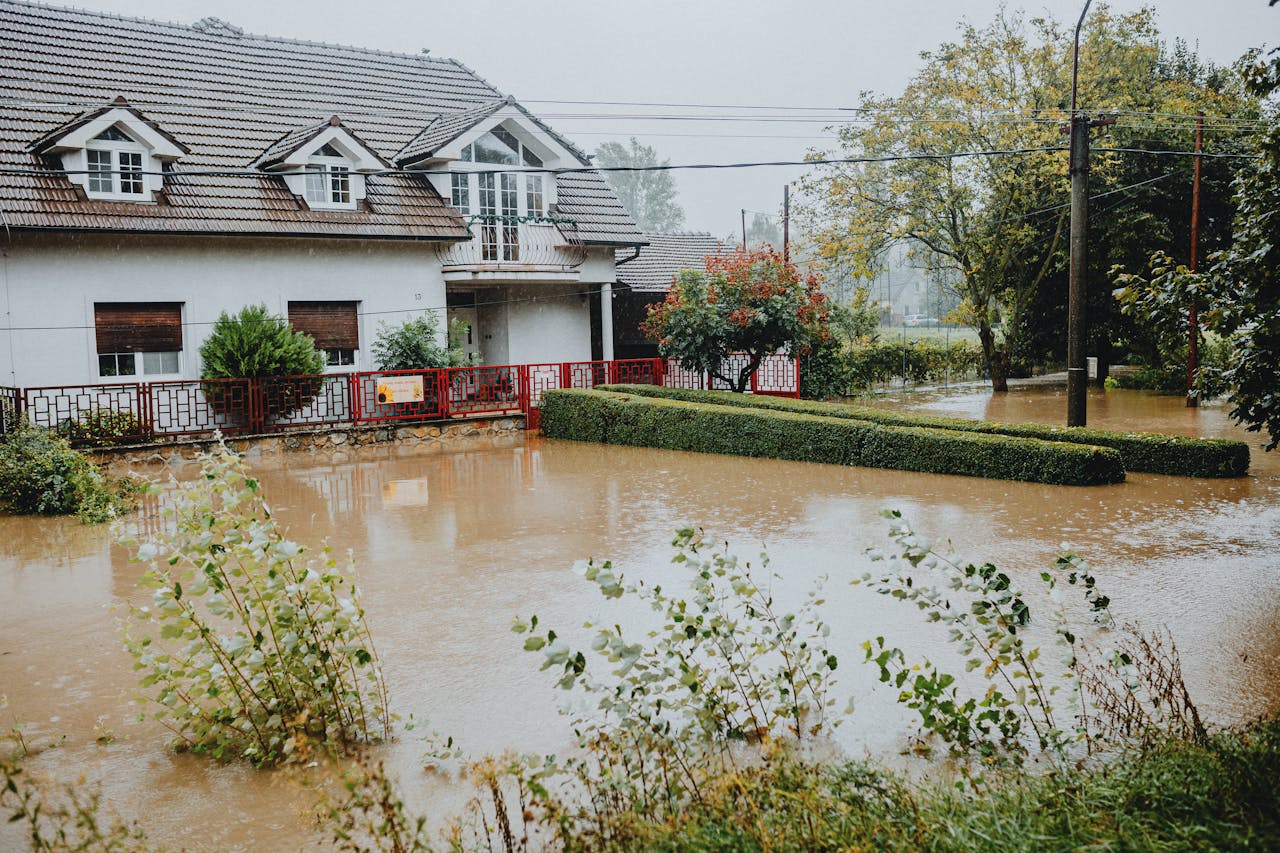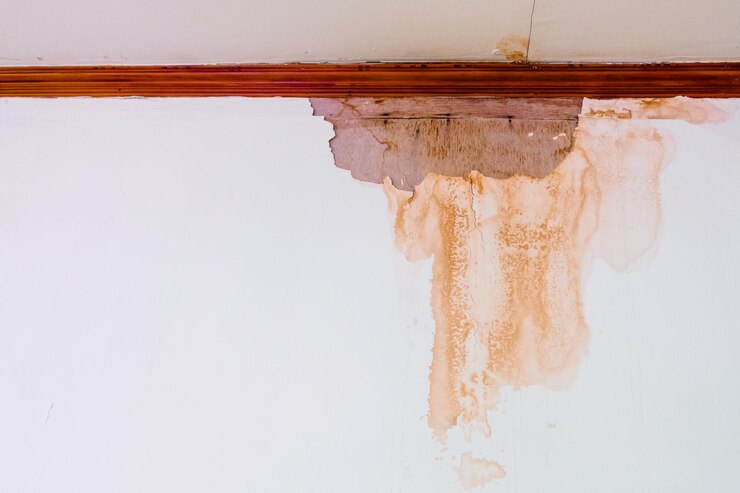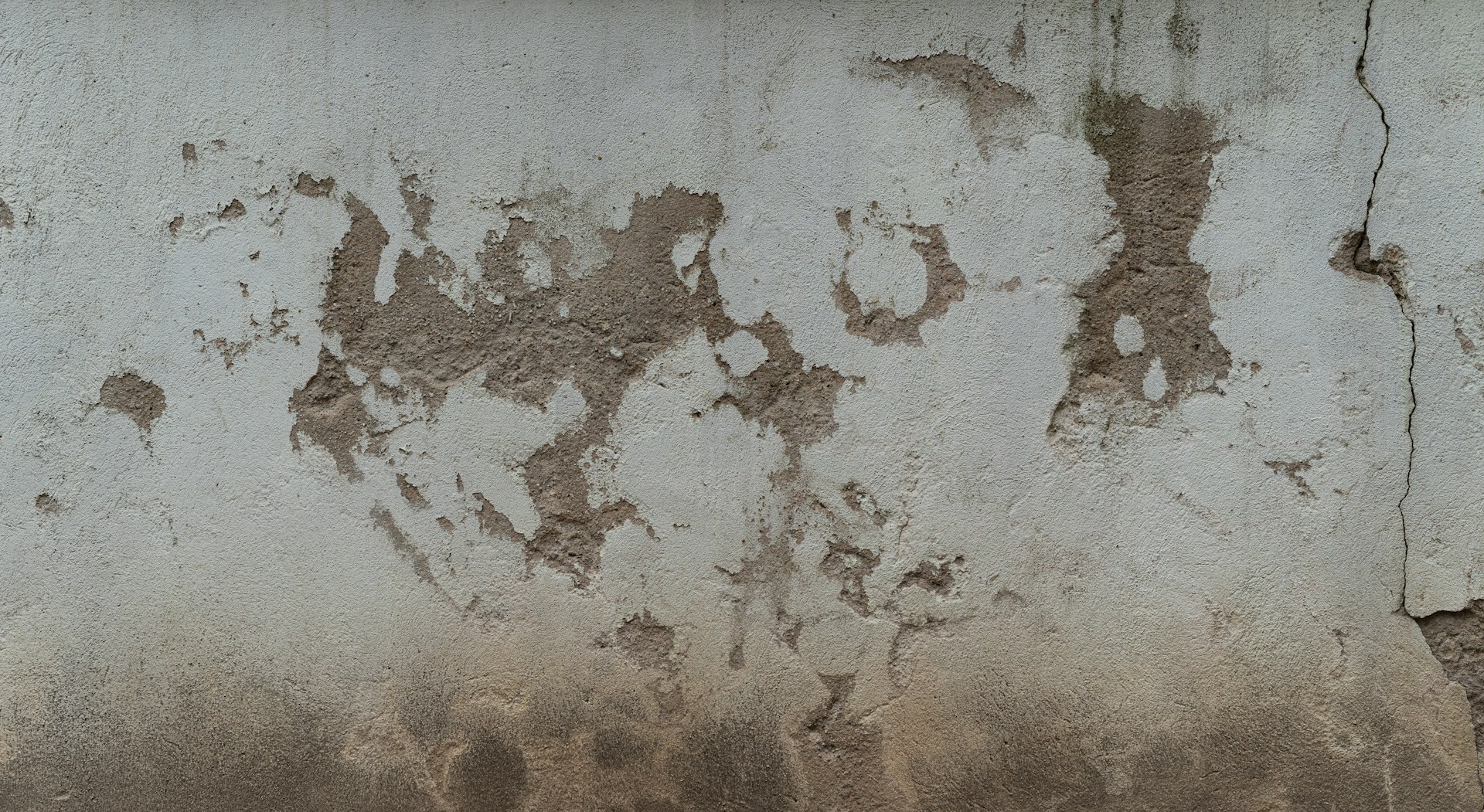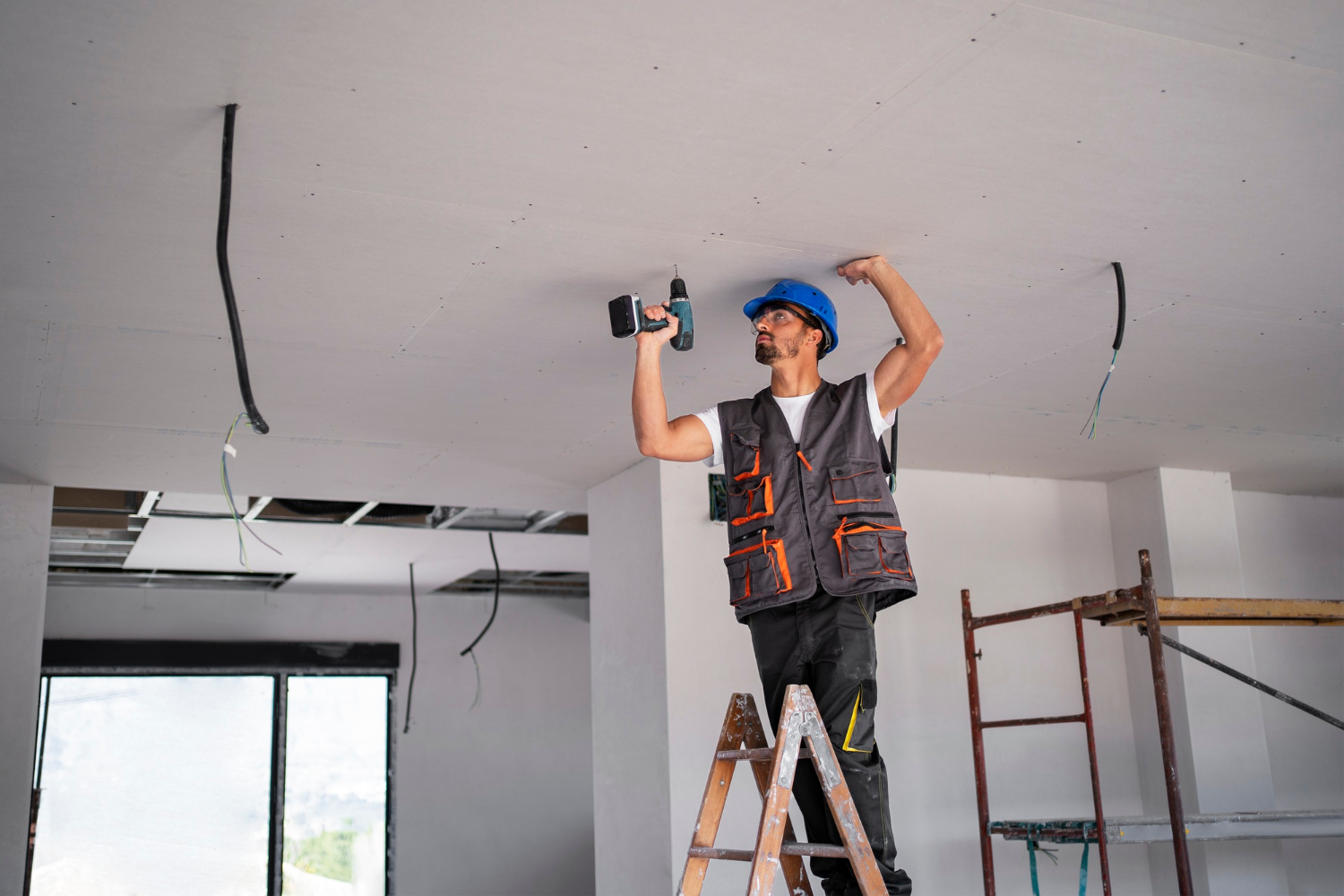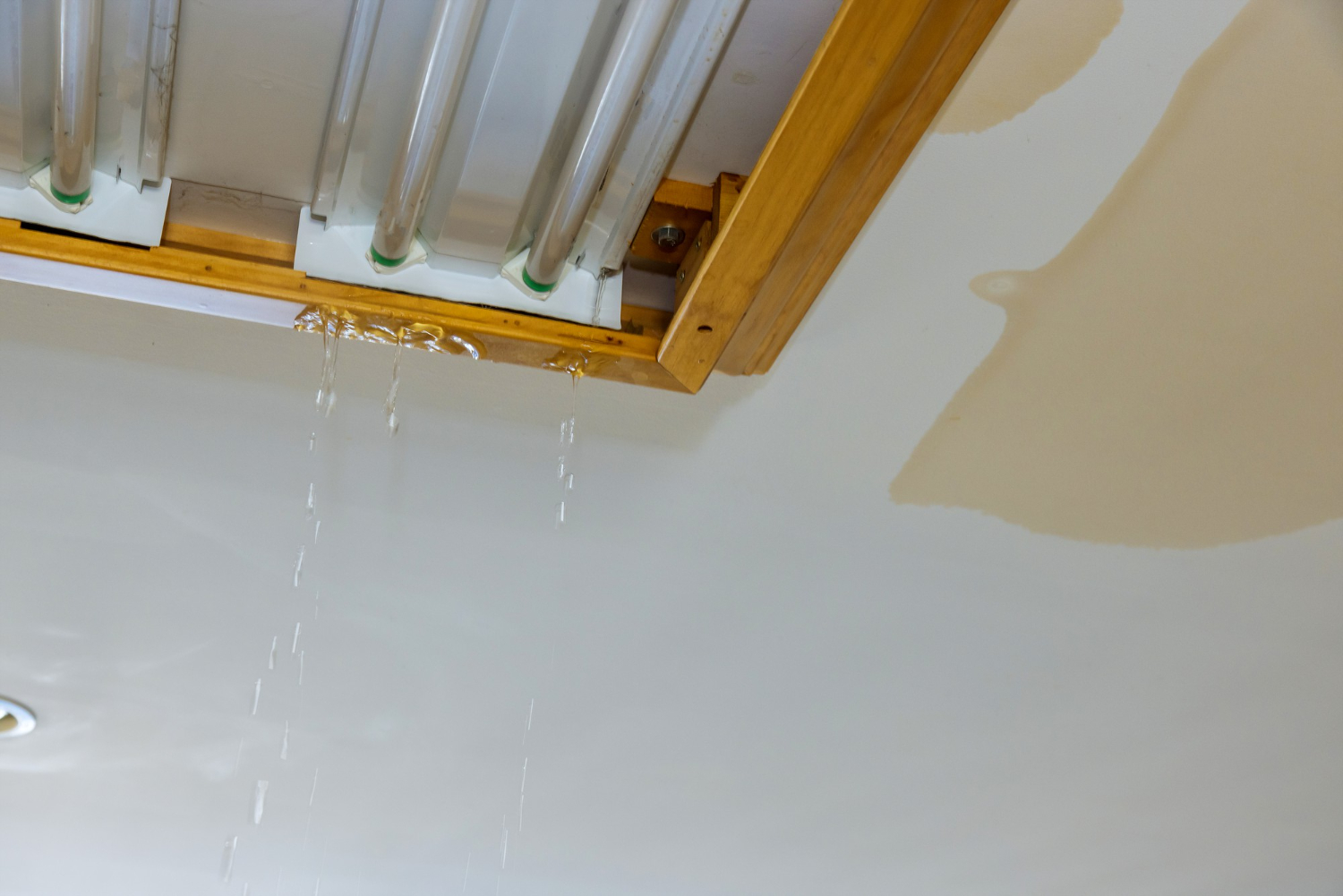Dealing with a flooded basement can be overwhelming, but knowing what steps to take can make the process easier. Water damage can ruin your belongings, weaken your home’s structure, and lead to mold growth. Acting fast is crucial to minimize damage and restore your basement. Join us as we share how you can effectively manage the situation and start planning how to prevent future floods from happening.
1. Immediate Steps to Take When Your Basement Floods
Safety Precautions
The first step when you find your basement flooded is to ensure everyone’s safety. If you can safely access your electrical panel, turn off the power to prevent any electrical accidents. Avoid stepping into standing water until you’re sure it’s safe to do so. Water and electricity are a dangerous mix, and taking these precautions can save you from serious harm. If you smell gas, leave the house immediately and call for help. Always prioritize safety in these situations before taking any other actions.
Shutting Off Utilities
After ensuring safety, the next step is shutting off the utilities. Turn off the water supply to prevent any more water from entering your basement. Locate the main water shut-off valve and turn it off. If you don’t know where your shut-off valve is, now’s a good time to find it for future reference. Shutting off the electricity, as mentioned, is also crucial. Lastly, if you suspect any gas leaks, turn off the gas at the main valve and call emergency services.
Removing Water Quickly
Once the area is safe and the utilities are off, focus on removing the water as quickly as possible. The faster you get rid of the water, the less long-term damage it will cause. Use water pumps, wet vacs, or even buckets to remove the standing water. If your basement has a floor drain, you can direct the water towards it. Speed is key here; the longer water sits, the more damage it can cause to your belongings and the structure of your home.
2. Assessing the Damage
Checking for Structural Damage
After getting rid of standing water, it’s crucial to assess the damage. Start by checking for structural damage. Look for cracks in the walls and floors, as these can indicate that the water has affected the foundation. If you see any significant structural damage, call a professional to evaluate and repair it. It’s important to ensure your home remains safe and stable.
Inspecting Personal Belongings
Next, inspect your personal belongings. Water can ruin many items, so take the time to check everything thoroughly. Separate items into categories: those that can be dried and saved and those that need to be discarded. Items like clothes, books, and furniture can often be salvaged if dried quickly, while electronics and other sensitive items may need to be thrown away. Make sure to perform this inspection promptly to minimize mold growth and other issues.
Documenting Damage for Insurance
Documenting the damage is vital when dealing with your insurance company. Take clear photos and videos of everything affected by the flood. This includes structural damage, damaged belongings, and any mold growth you find. Make a detailed list of all the damaged items, including their condition and value. This documentation will help you when you file an insurance claim, ensuring you get the compensation you deserve.
3. Drying Out Your Basement
Using Pumps and Wet Vacs
After assessing the damage, focus on thoroughly drying out your basement. A combination of pumps and wet vacs can help remove residual water that you couldn’t get rid of initially. Submersible pumps are effective for removing large volumes of water, while wet vacs can handle smaller areas and leftover puddles. Be sure to empty your wet vac frequently to maintain its efficiency. Remove all standing water promptly to prevent mold growth and further damage.
Setting Up Dehumidifiers and Fans
Once the bulk of the water is gone, setting up dehumidifiers and fans is crucial. Dehumidifiers will help reduce the moisture level in the air, making it easier to dry out the basement. Place fans around the area to promote air circulation and speed up the drying process. Keep the fans and dehumidifiers running continuously until you’re confident the basement is dry. This step is essential for preventing mold and mildew, which thrive in damp environments.
Removing Wet Materials and Items
Wet materials and items should be removed to aid the drying process. This includes carpets, rugs, insulation, and any other absorbent materials. Damp items can harbor mold and hinder the drying process. If items can be dried and salvaged, move them to a dry area. Discard items that are too damaged to save. Removing these materials will help you get a clear view of the basement and ensure that the drying process is thorough.
4. Preventing Future Floods
Improving Drainage Systems
To prevent future basement floods, start by improving your drainage systems. Ensure your gutters and downspouts are clean and direct water away from your home’s foundation. Grade the soil around your house to slope away from the foundation, which will help keep water from pooling near your basement. If you have extensive drainage issues, consider installing a French drain or another type of drainage system to manage excessive water around your property.
Sealing Cracks and Gaps
Sealing any cracks and gaps in your basement walls and floors can prevent water from seeping in during heavy rains. Use a waterproof sealant to cover any visible cracks, and consider applying a waterproof coating to your basement walls and floor for added protection. Regularly inspect your basement for new cracks or signs of wear and address them promptly to keep your space dry and secure.
Installing a Sump Pump or Backup System
Installing a sump pump is an excellent way to protect your basement from future floods. A sump pump automatically removes water that enters your basement, keeping it dry. Make sure to choose a reliable model and have it professionally installed. For added peace of mind, consider installing a backup system, such as a battery-powered or water-powered backup pump, which will kick in if the main pump fails or during power outages. Regular maintenance and testing of your sump pump are essential to ensure it functions correctly when needed.
Conclusion
Dealing with a flooded basement can be stressful, but knowing what steps to take can make a huge difference. By following the immediate steps for safety, assessing the damage accurately, and thoroughly drying out your basement, you can minimize the long-term effects of water damage. It’s also important to focus on preventing future floods by improving your drainage systems, sealing cracks, and installing a reliable sump pump.
If you find yourself overwhelmed or need professional water damage restoration services, look no further than All Around Home Solutions. Our experts are ready to help you restore your basement and protect your home from future water damage. Contact us today to get the best care for your home and ensure it stays dry and safe.


